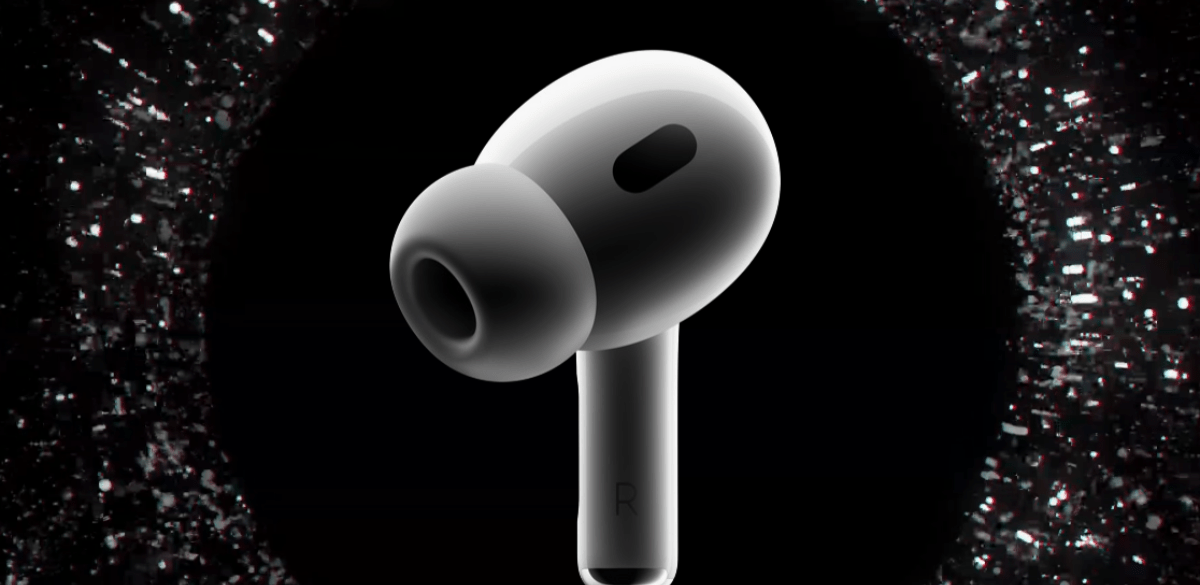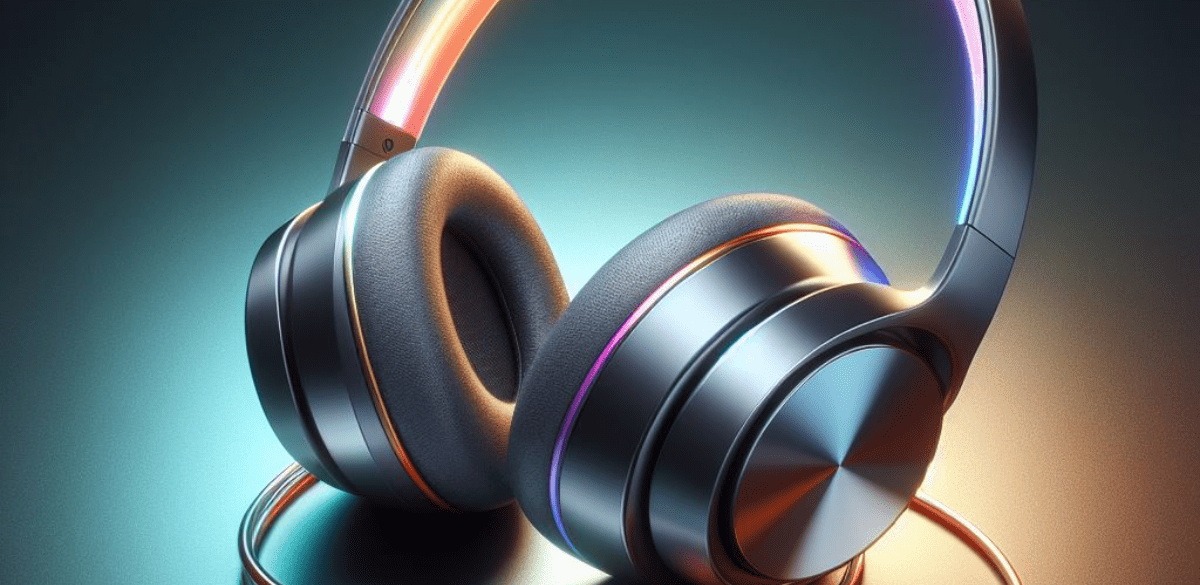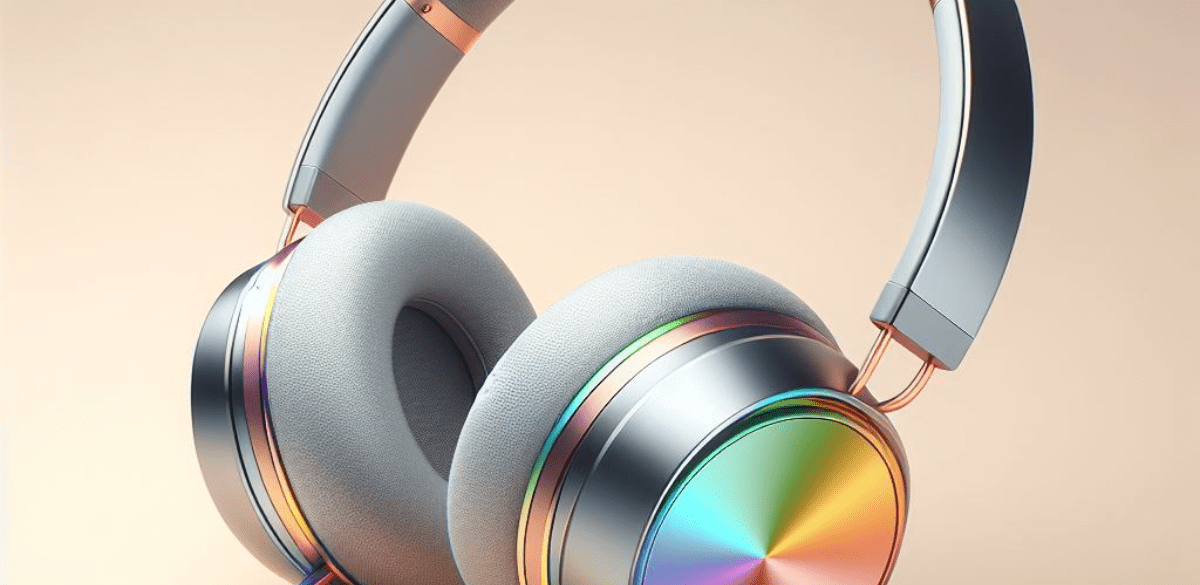Let’s be real earphone and headphone are a big part of our daily lives. Whether it’s for music, calls, or podcasts, they’ve made our lives more convenient. But have you ever thought about the impact they might have on your ear health? Using these devices the wrong way can lead to serious problems, but don’t worry—this guide will help you use them safely while keeping your ears healthy.
Understanding the Risks
Noise-Induced Hearing Loss
Imagine your ears as delicate instruments. Inside them are tiny hair-like structures called hair cells that help you hear by converting sound waves into signals for your brain. When you listen to loud music or sounds for a long time, these cells can get overworked and damaged. The problem? Once they’re damaged, they’re gone forever. This can lead to a condition called Noise-Induced Hearing Loss (NIHL), where you may struggle to hear high-pitched sounds or need to ask people to repeat themselves often.
The loudness of the sound (measured in decibels) and how long you’re exposed to it both matter. For example, listening to music at full volume on your earphones for just 15 minutes can harm your hearing.
Ear Infections from Prolonged Use
Using earphones for long periods, especially in hot or humid conditions, can turn your ears into a cozy home for germs. The heat and moisture trapped by your earphones create a breeding ground for bacteria and fungi, which can lead to painful ear infections.
Signs of an ear infection include itchiness, redness, pain, or even pus in severe cases. Sharing earphones with others without cleaning them can also transfer bacteria from one person to another, increasing the risk of infection.
Impact of Loud Volumes
We all love blasting our favorite songs, but here’s the catch: loud sounds put a lot of stress on your eardrums. Think of your eardrums as a trampoline. Too much pressure can make them lose their bounce, affecting how they send sound signals to your brain.
Over time, consistently listening at high volumes can make your ears less sensitive to sounds. You may start noticing that you need to turn up the TV or ask people to speak louder. This kind of damage can become permanent if not addressed.
How To Recycle E-Waste And Save The World.
Choosing the Right Earphones or Headphones

Over-Ear vs. In-Ear Headphone
Over-ear headphones are larger and sit around your ears instead of going inside them. This design spreads the sound more evenly and doesn’t press on your ear canal, which can sometimes cause discomfort or irritation. They’re a great option if you listen for long hours, like during work or while gaming, because they are usually more comfortable and gentler on your ears. In contrast, in-ear devices (like earbuds) go directly into your ear canal. While they are portable and convenient, they might not be the best for extended use, as they can sometimes lead to ear fatigue or infections if not cleaned properly.
Noise-Cancelling Features In Earphone
Noise-cancelling headphones are like a shield against the outside world. They use technology to block out background noises, such as the hum of an airplane engine or chatter in a coffee shop. This means you don’t have to crank up the volume to hear your music or podcast, which protects your ears from loud sounds. It’s a win-win—you enjoy clearer audio, and your ears stay safer. Noise-cancelling headphones are especially handy if you’re in noisy places often or need to focus without distractions.
Wireless vs. Wired Options in Earphone
Wireless earphones and headphones are super convenient because you don’t have to deal with tangling cables. They’re perfect for workouts or moving around freely. However, they might not always deliver the same sound quality as wired options, especially in cheaper models. Wired headphones are often preferred by audiophiles (people who love high-quality sound) because they usually provide richer, clearer audio. At the end of the day, both options can be good for your ears—just make sure you’re not listening too loudly and pick the one that fits your lifestyle best!
How to Choose the Best Premium Headphone
Safe Listening Practices on Earphone.

Following the 60/60 Rule
Think of the 60/60 rule as your ears’ best friend. It means keeping the volume on your device at no more than 60% of its maximum level and listening for just 60 minutes at a time. Why is this important? Listening to loud music for too long can strain your ears and cause long-term damage. Taking breaks and keeping the volume reasonable helps protect the tiny, sensitive parts of your inner ear.
Taking Regular Breaks
Imagine running a marathon without stopping—you’d be exhausted, right? Your ears feel the same way when they’re bombarded with sound for hours. To give them a rest, take a break every hour if you’re using earphones or headphones. This break doesn’t have to be long—just a few minutes to let your ears recover. It’s like hitting the refresh button for your hearing.
Monitoring Volume Levels
Have you ever noticed your device warning you about high volume? Don’t ignore it—it’s like a red flag for your ears. These warnings pop up because the volume is reaching a level that could harm your hearing if you keep it up for too long. To stay safe, lower the volume when you see these alerts and try to keep it at a comfortable level. Think of these warnings as your personal ear health assistant!
What Is E-Waste? Solve This For Better Future
Cleaning and Maintenance of Earphone And Headphone

Why Cleaning Matters
Think about it—your earphones spend a lot of time inside or near your ears, which naturally produce wax and sweat. Over time, this builds up on your earphones, creating a perfect spot for bacteria and germs to grow. If you keep using dirty earphones, these bacteria can transfer to your ears, potentially causing infections that are painful and uncomfortable. Cleaning your earphones regularly keeps them fresh, hygienic, and safe to use. It’s like brushing your teeth—just a basic habit for better health!
How to Clean Earphone and Headphones
Cleaning your earphones isn’t hard, and it only takes a few minutes. Here’s what you can do:
- Use a soft cloth: Dampen a clean cloth with water or a bit of rubbing alcohol and gently wipe down the earphones.
- Focus on the details: If you have earbuds, pay extra attention to the ear tips and the tiny mesh grilles where sound comes out. These areas collect the most dirt. You can use a cotton swab or a soft brush for hard-to-reach spots.
- Avoid too much moisture: Never soak your earphones in water or use dripping-wet cloths, as this can damage the electronics.
A quick clean every week can go a long way in keeping your earphones in top shape.
How To Choose Best Earbuds For You In 2024
Replacing Ear Tips Regularly
The soft tips on your earbuds, often made of silicone or foam, can wear out over time. When they start to crack, lose their shape, or feel sticky, it’s time to replace them. Worn-out ear tips aren’t just uncomfortable—they’re also a magnet for dirt and germs.
Replacing the tips every few months ensures:
- Comfort: Fresh tips feel better in your ears and fit more snugly.
- Hygiene: New tips are free from buildup that old ones often collect.
- Sound Quality: A good fit improves sound performance by sealing in audio and blocking external noise.
Think of replacing ear tips like changing your toothbrush—it’s a simple step that makes a big difference!
Signs You May Be Overdoing It

Early Symptoms of Hearing Damage
- Ringing in the Ears (Tinnitus): If you hear a constant buzzing or ringing sound in your ears, it’s a sign that your ears are under stress.
- Trouble Understanding Speech: Struggling to hear conversations clearly, especially in noisy places, may mean your hearing is being affected.
- Feeling of Pressure or Fullness: A sensation of fullness in your ears after listening to loud sounds can indicate temporary or permanent damage.
When to Consult a Doctor
- Regular Exposure to Loud Noise: If your lifestyle or job involves constant loud noises, regular check-ups with a hearing professional are crucial.
- Persistent Symptoms: If the ringing in your ears or difficulty hearing doesn’t go away after resting your ears, see a doctor.
- Pain or Discomfort: Ear pain is not normal and should be checked by a specialist immediately.
- Noticeable Hearing Loss: If you find it harder to hear everyday sounds or conversations, visit an audiologist as soon as possible.
Conclusion
Your ears are precious, and taking care of them should be a priority. By choosing the right devices, following safe listening practices, and maintaining proper hygiene, you can enjoy your earphones and headphones without compromising your hearing. Take these steps seriously—your ears will thank you later!
FAQs
- How loud is too loud for earphones?
Anything above 85 decibels can be harmful. Aim to keep your volume at 60% or lower. - Can noise-cancelling headphones prevent hearing damage?
Yes, by reducing the need to turn up the volume in noisy environments. - How often should I clean my earphones?
Ideally, clean them once a week to prevent bacteria buildup. - What are alternatives to earphones for better ear health?
Using speakers or bone-conduction headphones can be safer for extended listening. - Can prolonged use of earphones lead to permanent damage?
Yes, especially if you frequently use high volumes or wear them for extended periods without breaks.
